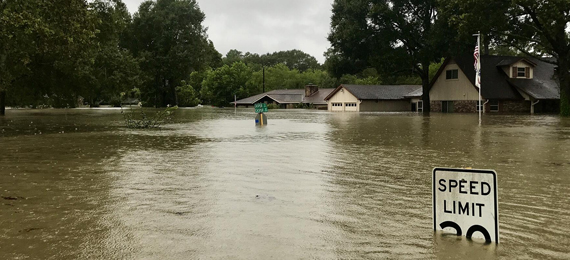
Floods are one of the dangerous natural disasters that cause death. People who live in those regions that are vulnerable to floods need to follow these safety measures to protect themselves. Floods can happen when lakes and rivers can not endure the excess water of rain or snowmelt, especially when the ground cannot absorb the water. How to prepare for flooding? Read the blog to learn about the precautions of floods.
What Is a Flood?
It occurs when an overflow of large amounts of water submerges on dry land. Flood is commonly caused by heavy rainfall, a storm due to a tropical cyclone or tsunami in coastal areas or when the snow melts swiftly. It can cause big destruction, death and damage to properties and public infrastructure. From 1998 to 2017, floods affected over 2 billion people across the world.
What Is the First Rule of Flood Safety?
- A. Don’t walk in flood water
- B. Stay at Home
- C. Turn on electricity
- D. None of the Above
Common Types of Floods:
Flash foods- It is caused by excessive and rapid rainfall, as a result, water extends swiftly in rivers, channels, streams, lakes and canals or roads.
River floods- It is caused by consistent rainfall or snow melting can force a river to increase capacity.
Coastal floods- It is caused by storm surges that are connected with tsunamis and tropical cyclones.
How to Prepare for Flooding?
What is to be done in case of a flood? You must take these important steps before, during and after floods to protect you and your family safely.
Before Floods
- You should check the local flood warnings. Keep yourself informed from local radio and TV news. The government also provides the current flood report and warnings.
- You should warn your family, neighbours, older and vulnerable people if there is a risk of flooding.
- You should pack an emergency survival kit including food and medicines.
- If your home has cracks, conceal them.
- Keep drains, downspouts, eavestroughs, gutters clean.
- You can use sandbags as they can be used as a barrier to distract water and prevent or decrease the flood water damage. It is better if you buy sandbags as soon as possible.
- Move your vehicles to higher ground so that they won’t catch in increasing floodwater.
- Take photographs to claim insurance if any items or property is damaged.
- Shut off power when you leave the house.
- Place sandbags in the toilet bowl to avoid sewage backflow.
- Shut doors and windows to protect your property and avoid entering rainwater into the home or building.
- Do not leave your children and pets at home alone during floods.
- Never try to swim or drive or walk-in flooded areas.
- You should avoid walking with flood water as it can be contaminated with sewage. If you come into contact with floodwater, wash your hands immediately.
During Floods
- Turned off electrical, gas, furnace appliances.
- Go to higher ground.
- Take valuable things and food with you. Move your large and valuable items/appliances to the upper floor to avoid damage.
- Do not stress, and listen to advisories from authorities.
- Try to protect your large appliances with a floodwall or shield.
After Floods
- Do not eat food that has been soaked in floodwater.
- It is better if you boil the drinking water until everything gets to normal.
- Flooding is a stressful and dangerous experience. If you need support you can call the flood emergency contact number.
- Once you return home, clean and disinfect the flood-contaminated room.
- Check whether the washroom and sewer system are working properly.
- Take pictures or videos and submit them to insurance and local municipalities.